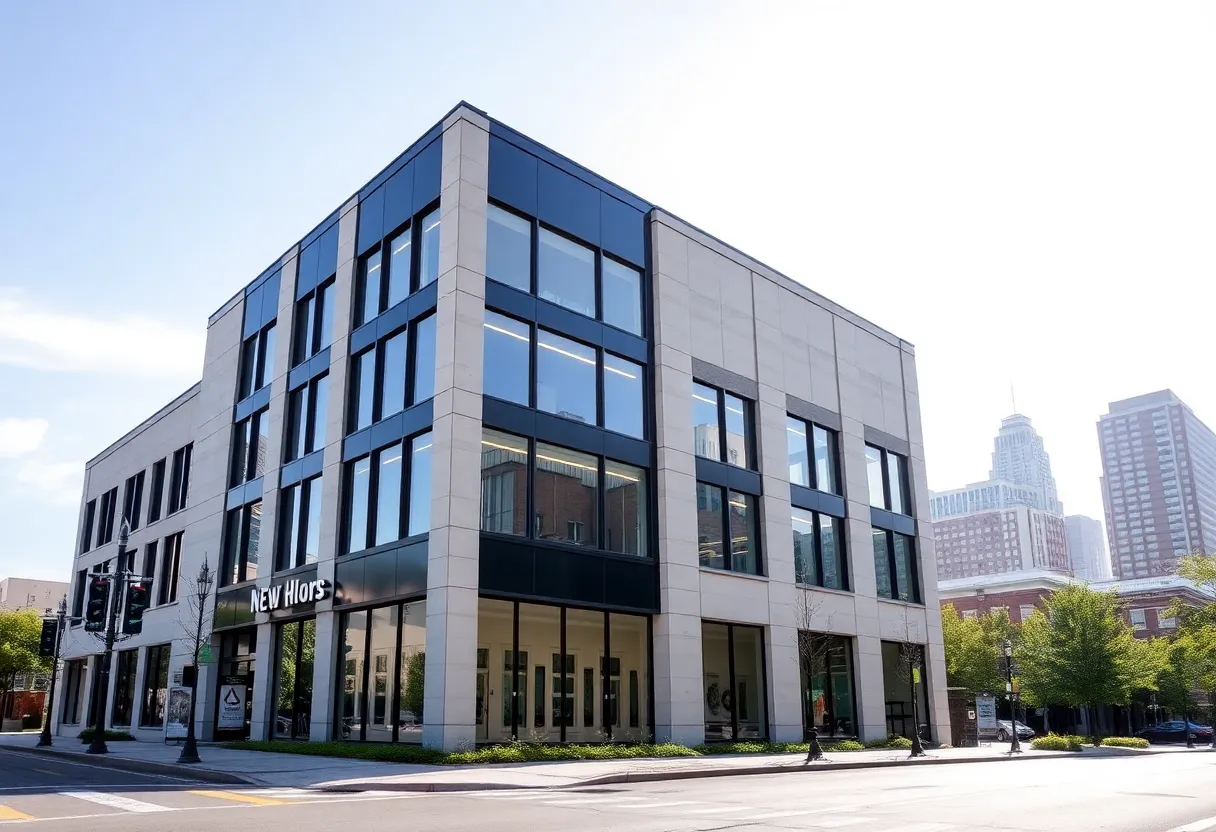Lower Carbon Concrete: A Step Towards a Greener Future
On the bustling streets of Washington, D.C., a significant shift is underway in the construction industry. The Portland Cement Association (PCA) has introduced a groundbreaking reference titled “Lower Carbon Concrete: Voluntary Guidelines for Developing a Protocol.” This guide aims to support a diverse range of professionals, including designers, contractors, and elected officials, with the essential information they need to incorporate sustainability into their projects.
Understanding Lower Carbon Concrete
So, what exactly is lower carbon concrete? According to the PCA, the definition can be somewhat fluid, often depending on various factors including environmental impacts and the durability of the materials used. Many in the industry are finding that the conversations surrounding lower carbon practices are becoming increasingly subjective. Mike Ireland, the CEO of PCA, highlighted some important considerations, saying, “The definition of ‘low carbon’ is becoming increasingly subjective, with little attention paid to either upstream and downstream impacts or short-term and long-term strength, durability, and resiliency concerns.”
A Framework for Sustainability
The PCA’s new guidelines provide a structured approach to achieving more sustainable construction practices. It encompasses three main sections: Materials to Achieve Lower Carbon Performance, Methods to Achieve Lower Carbon Concrete, and Metrics. This clear framework is designed to be a practical resource for kicking off discussions on environmental responsibility in construction and concrete usage.
Rick Bohan, the Senior Vice President of Sustainability at PCA, mentioned the pressing need for the cement industry to adapt to the climate demands we face today. He stated, “Today’s climate demands cement manufacturers stay the course in efforts to decarbonize the industry. The best catalysts to reach net zero that are at hand today are alternative fuels and lower-carbon cements.
Collaboration for a Common Goal
Creating this comprehensive resource involved a collaborative effort from various stakeholders across the construction landscape. Contributions came from PCA members and allies such as Cemex USA, Heidelberg Materials, and many others, including established industry bodies like the American Concrete Institute and the National Ready Mixed Concrete Association. Together, they aim to promote achievements towards a greener and more resilient construction sector.
What Professionals Can Expect
The Lower Carbon Concrete guidelines serve as a compass for professionals navigating the changing tides of construction sustainability. Contractors and designers, especially, are encouraged to utilize this resource to help them consider the environmental impacts of their choices. This could involve implementing new materials or optimizing existing processes to minimize emissions.
This commitment towards sustainable building practices does not only benefit the planet but also opens doors for innovation and economic efficiency within the industry. As these practices gain traction, we can expect a ripple effect that can inspire even more sectors to prioritize sustainability.
Looking Ahead
As construction professionals gear up to embrace the principles laid out in the Lower Carbon Concrete: Voluntary Guidelines, there is an underlying sense of hope that this initiative will usher in a new era of environmentally conscious construction. By relying on alternative fuels and recognizing the importance of lower-carbon materials, the industry can take significant strides toward long-term sustainability goals.
In a world that increasingly prioritizes environmental consideration, the emphasis on lower carbon practices reflects a crucial advancement. By joining together, construction professionals in Washington, D.C., and beyond, can build not just strong structures but also a sustainable legacy.







